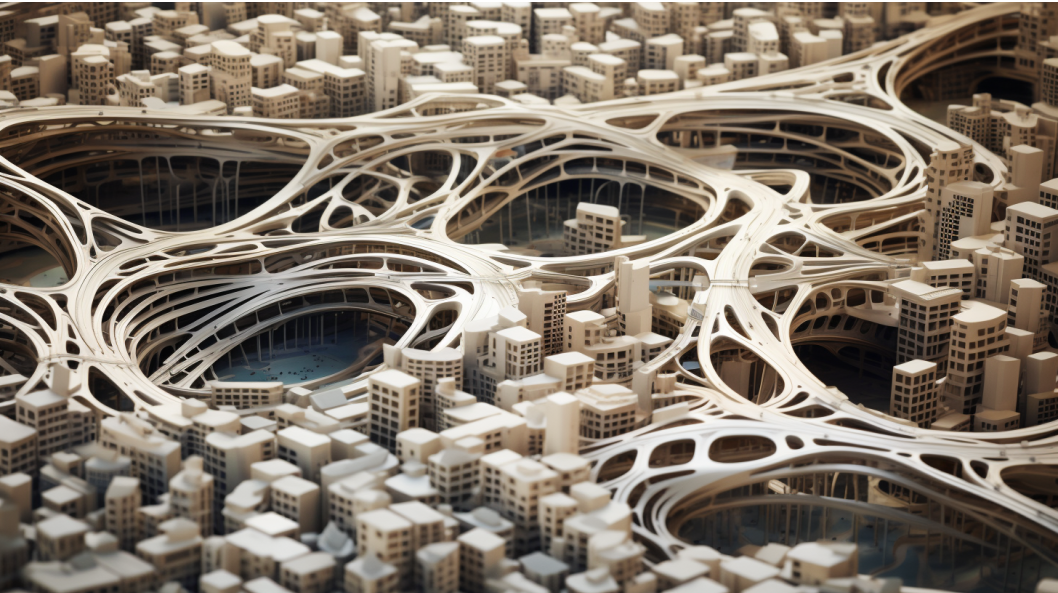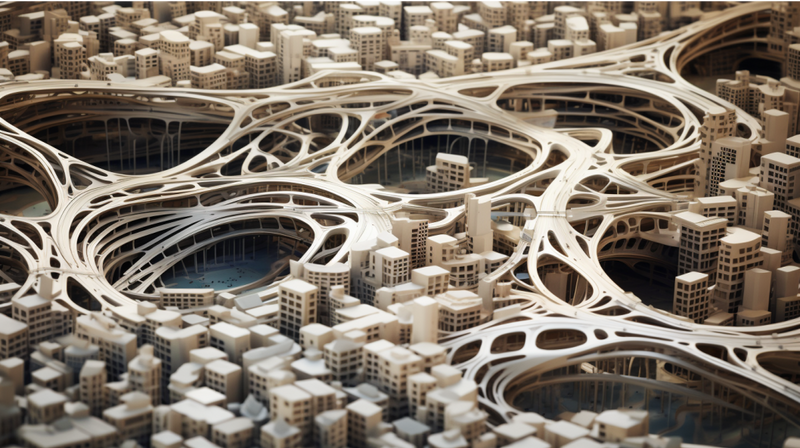Parametric Urbanism: Designing Cities with Smart Computer Rules
In the bustling centers of our cities, the age-old challenges of city planning—like balancing buildings, beauty, how things work, and being green—are always present. However, a new and clever way of thinking called Parametric Urbanism, which combines generative design and computer methods, is showing a visionary path to rethinking the very core of our urban landscapes.
What is Parametric Urbanism?
Parametric Urbanism uses computer rules (algorithms) and computational design strategies to create urban spaces that are not only beautiful but also naturally able to adapt to social, economic, and environmental changes. By adding algorithms into city planning, planners, architects, and designers can create city spaces that are more responsive, adaptable, and sustainable.
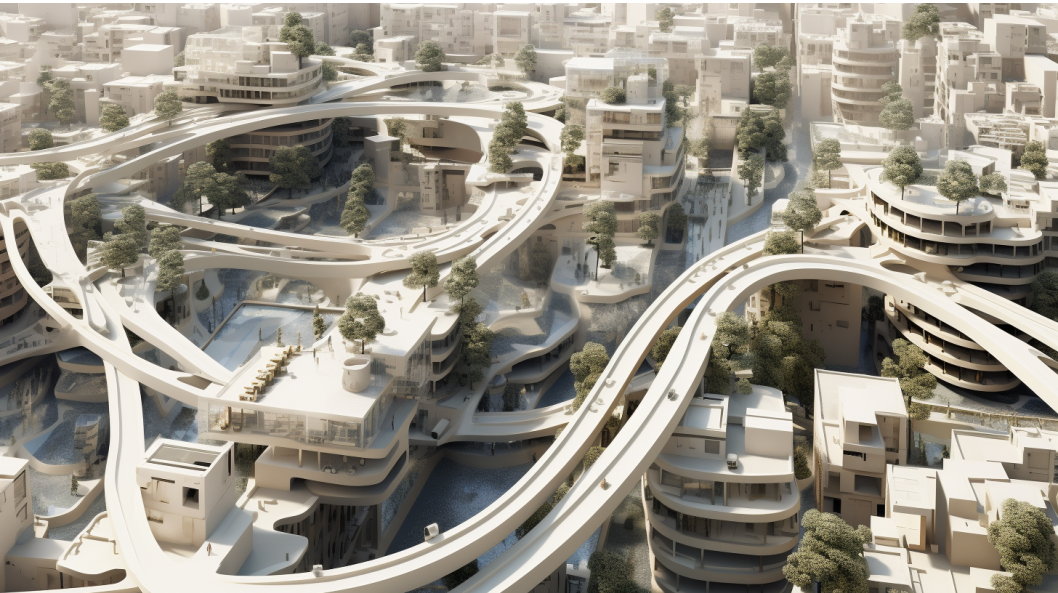
Connecting Design, Technology, and the City
The use of generative design is complex, weaving together looks, usefulness, and sustainability. It allows planners to go through countless design options, using algorithms to create solutions that follow specific rules and limits, while making the desired outcomes the best they can be.
- Design Adaptability: Generative design offers a huge number of design possibilities by changing settings to adapt to changing city needs and challenges. It enables dynamic adaptation, ensuring that the city can change and reshape itself according to evolving social, economic, and environmental stories.
- Ecological Footprint: Prioritizing sustainability, parametric urbanism aims to reduce the environmental impact of cities. It molds designs that are naturally connected with nature, responding to the environmental features and climates they are in.
- Social Integration: By focusing on social aspects, parametric designs can be adjusted to encourage social interactions and community building. Through computer algorithms, spaces can be carved out that naturally promote inclusivity, interaction, and social well-being.
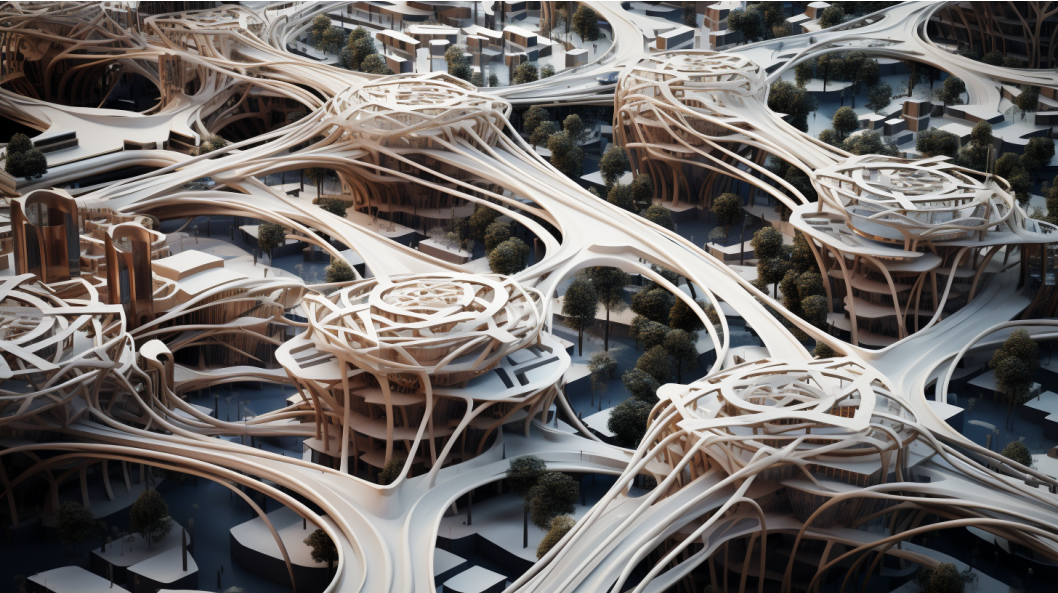
Real-World Impact: Adapting to Future Cities
Parametric Urbanism, through generative design, has the potential to change the way we imagine, design, and live in urban areas. Several key aspects arise when implementing this into real-world applications:
- Data-Driven Decision Making: Generative design is deeply rooted in data, allowing for a comprehensive and measurable approach to making decisions. From traffic patterns and pedestrian flows to environmental impacts and energy usage, every decision can be supported by strong data analysis.
- Resilient Infrastructure: The adaptability of parametric designs allows cities to develop infrastructures that are strong against changing climates, populations, and technologies, ensuring they last long and stay relevant in the dynamic urban scene.
- Inclusive Public Spaces: By including settings that prioritize inclusivity and accessibility, public spaces can be developed to truly be for everyone. This ensures they serve all types of people and create lively, community-focused environments.
Challenges and Ethical Considerations
While the idea of Parametric Urbanism is exciting, it does come with its own set of challenges and ethical considerations:
- Fairness and Accessibility: It's crucial to ensure that computer-generated designs don't favor certain groups of people or accidentally create social and economic divides.
- Data Privacy: The fact that parametric design relies heavily on data means there's a need for strict data privacy and ethical usage rules to ensure that citizens’ data is used responsibly and securely.
- Aesthetic Sameness: There's a valid concern about generative algorithms producing designs that look too similar. It's crucial to ensure that cities maintain their unique identity and cultural essence amidst algorithmic planning.
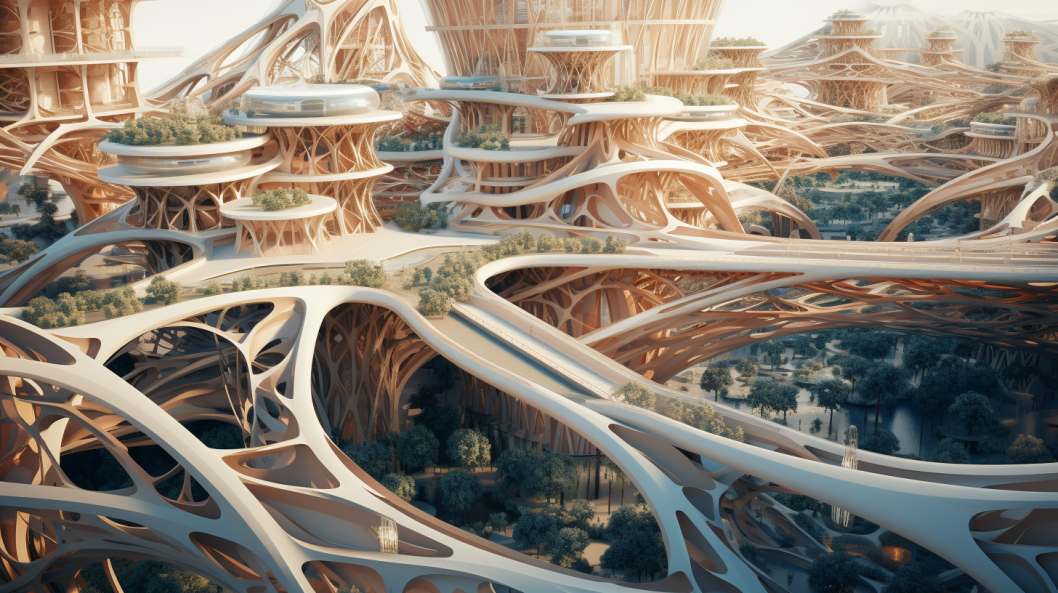
Looking Ahead: The Future of Urban Spaces
Parametric Urbanism points to a future where cities are not static objects but dynamic organisms, able to adapt, evolve, and connect with the many complexities of the urban story. As we enter an era where technology and data become the key drivers of development, using them to create urban spaces that are sustainable, strong, and reflective of our shared values is the next frontier in city planning.
As we shape the future skyline, weaving together the rich fabric of technological advancements with holistic, sustainable, and inclusive design principles, parametric urbanism stands as a beacon of potential. It lights up pathways to reimagine and reinvent our urban future.
The marriage between complex geometry and sustainable urban landscapes casts a bright light on the path towards our future cities—cities that mesmerize, inspire, and nurture in equal measure. Transforming skylines will continue to stand tall against our urban horizons, telling tales of an era where architecture became the canvas upon which humanity painted its most genuine commitment to a sustainable future.
